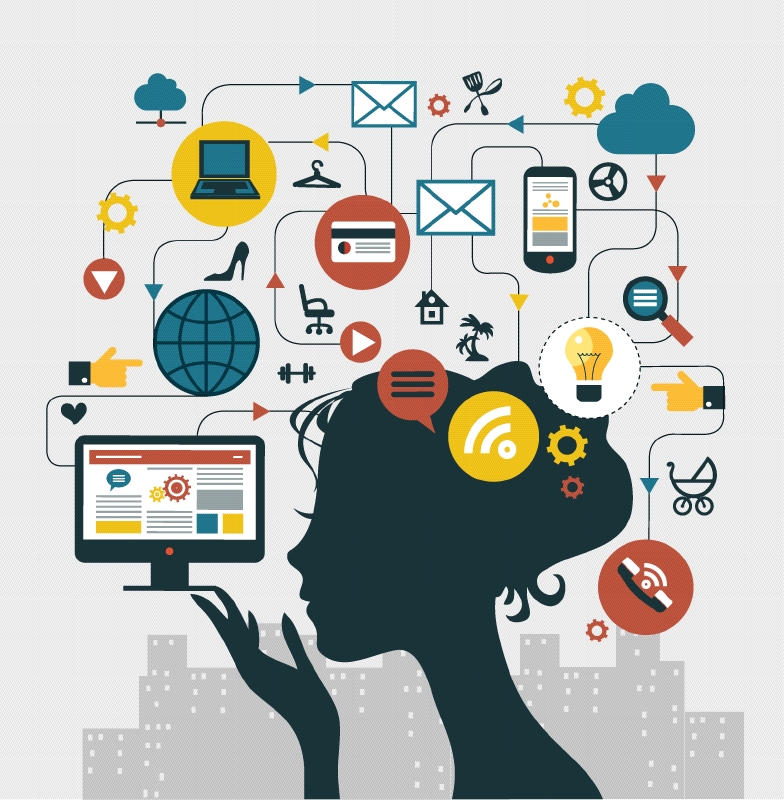Customer Intelligence Blog
Evolving relationships for business growth
Recommendation systems work best when you can provide them with as many relevant examples as possible. On the other hand, increasing the number of products or offers leads to recommendation blind spots, especially early on in training the system. This cold-start problem is a challenge for most recommendation systems. SAS

Every brand offers a digital experience for a reason. But to achieve on your mission, raising awareness and attracting visitors through online media is critical. No visitors? Game over. Let’s dive into a business case using website visitor data to sas.com. Suppose that a manager asks: What did our web

For those new to SAS Customer Intelligence 360, its functionality can seem vast, but I found it easy to jump in and get started. With this cloud-based software you can combine multiple data sources to create a full picture of your site visitors and better know your customers. SAS Customer

Marketing has changed and continues to change. Some of this is because of technology, but mostly it is the result of evolving customer expectations. Isolated customer interactions, however good, do not create a great customer experience. As isolated events, in fact, they may have a low level of influence on

My first post on customer journey optimization set the scene by introducing the concept of marketing as a game to be won. The rules to this game are complex, some are known, and others can be learned. Above all, the game is built on a shifting landscape of customer, competitor

In my previous post I wrote about the Atari video game, Breakout, and how an AI technique (reinforcement learning, or RL) outperformed a human player. I also drew an analogy between Breakout and customer journey optimization. In Breakout, the environment is what you see on the screen – the blocks,



